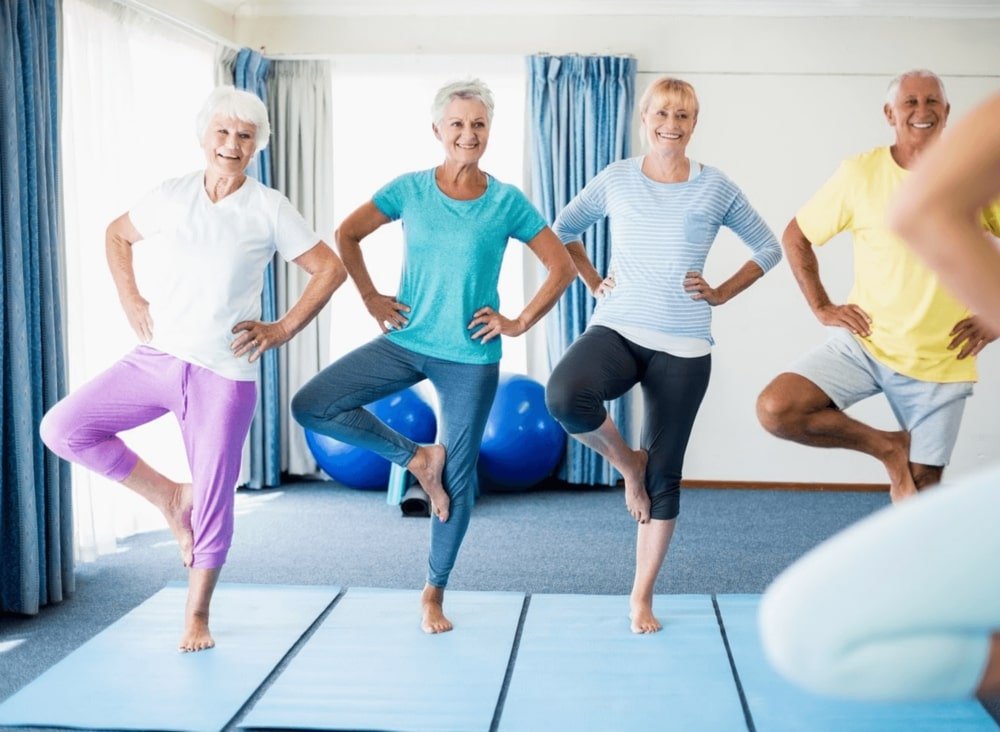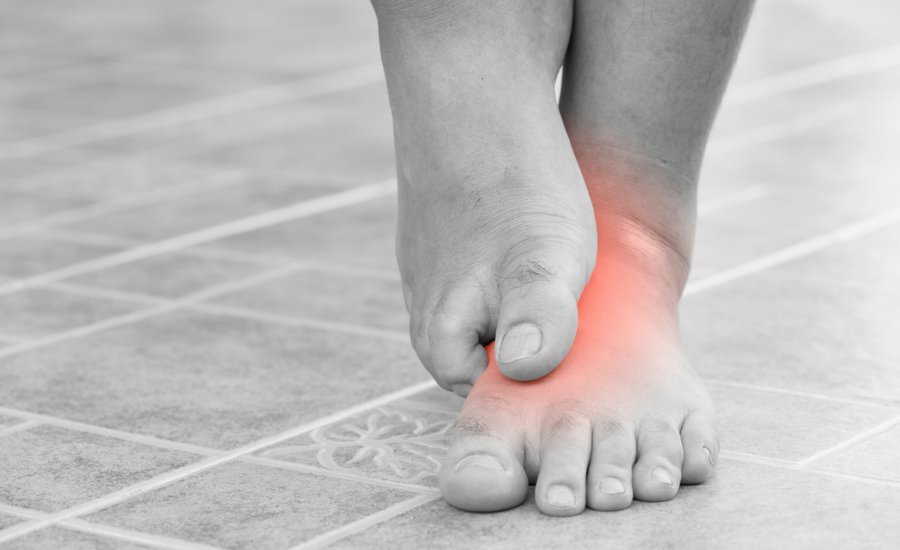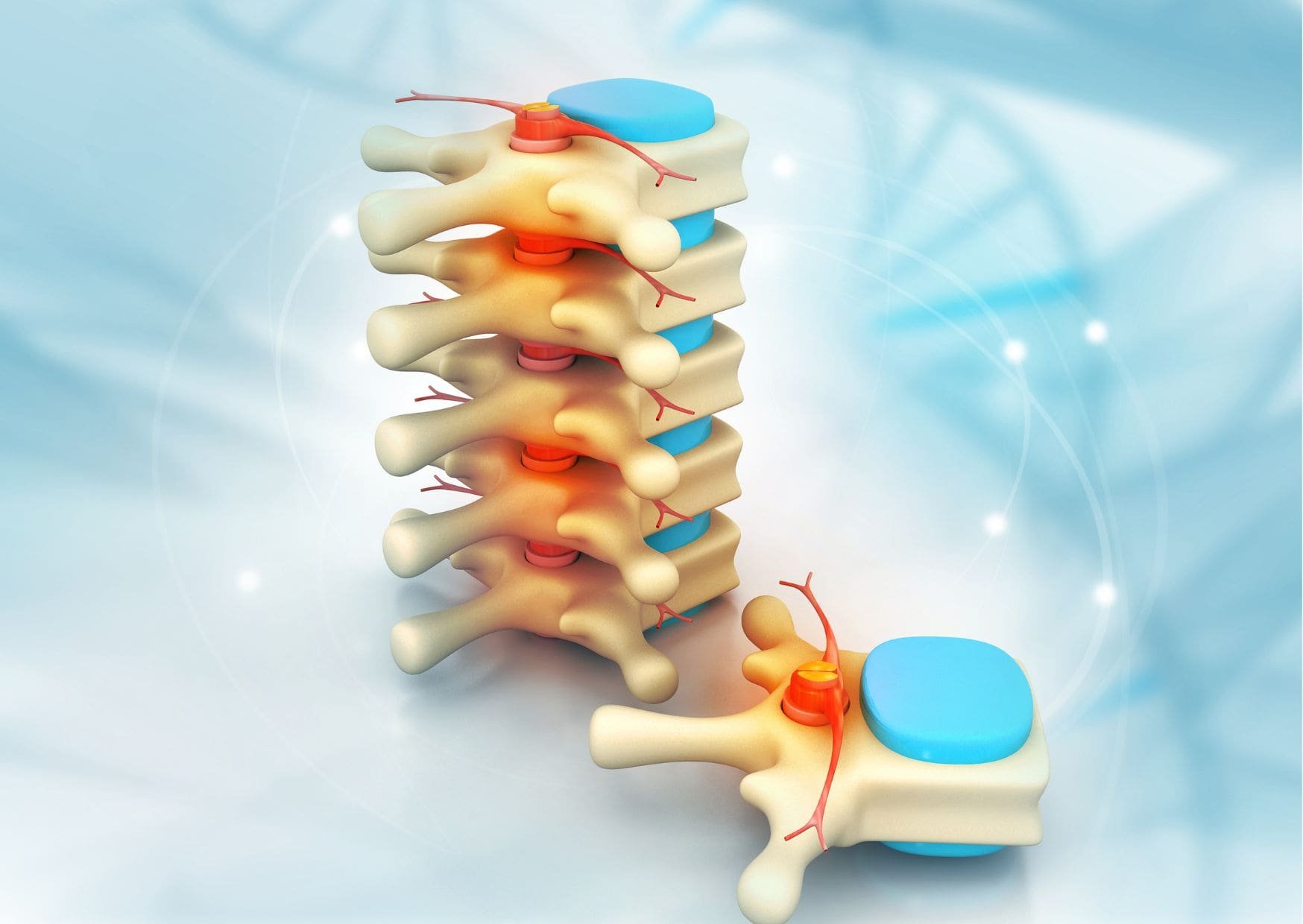Includes VIDEO ON PRE-Knee Replacement SURGERY ExerciseS
So you’re booked in for an upcoming knee replacement surgery.
You most probably have been given a list of exercises to do before this surgery (and other pre-operative instructions) by your surgeon. This will ensure your legs are strong as possible before your surgery, which will help with the recovery.
As a Physiotherapist who has helped many people in your exact situation, I want to help you by going through the exercises in a video so you can follow along to them.
Before we get into this, however, let’s go through a few other things you can do to allow for better recovery following surgery.
Preparing For Knee Replacement Surgery
MENTAL PREPARATION
Undergoing any kind of surgery can be daunting, but it's important to remember that knee replacement surgery is very common and typically has a successful outcome. Still, it's normal to feel some anxiety about the procedure. Here are a few tips to help you mentally prepare for your surgery:
Educate yourself: Learning as much as you can about knee replacement surgery will also help reduce your anxiety. Talk to your surgeon, read books or articles, and watch videos about the surgery so that you know what to expect.
Find a support system: Whether it's friends, family, or a support group for people who are undergoing knee surgery, having a supportive network will help you feel more comfortable going into the procedure.
You will find many people who have undergone this surgery in the MORE LIFE HEALTH SUPPORT GROUP - which you can join HERE
PHYSICAL PREPARATION
In addition to preparing mentally for your surgery, it's also important to take some steps to prepare physically. This will help ensure a smooth recovery and decrease your risk of complications. Here are some things you can do:
Get healthier - Start introducing healthier habits into your life - eating a healthier diet, getting optimal sleep and reducing stress are some great ways to improve your health.
Exercise: Strong muscles help support your joints, so it's important to exercise regularly prior to your surgery. This will help you stay strong and improve your overall health. We will cover exercise in the next section.
Get your home ready: Before your surgery, you'll need to make some changes to your home to accommodate your recovery. This may include: making sure you have someone to help, setting up a comfortable place to sleep, removing any rugs or other trip hazards, and stocking up on easy-to-prepare meals.
Knee replacement surgery is a major procedure, but if you take the time to prepare both mentally and physically, you can help ensure a successful outcome. Talk to your surgeon about any questions or concerns you have, and be sure to follow their instructions for a safe and smooth recovery.
I also cover more on what you can do (plus exercises), in the video below.
EXERCISES TO DO BEFORE KNEE REPLACEMENT SURGERY























